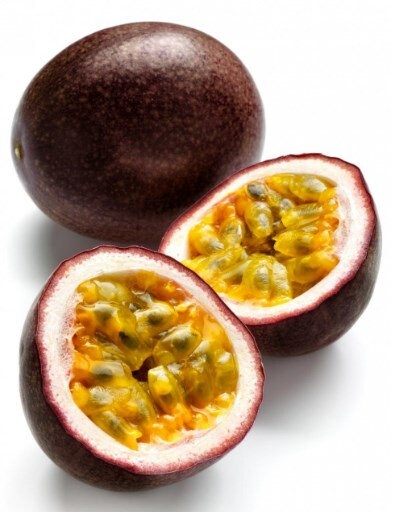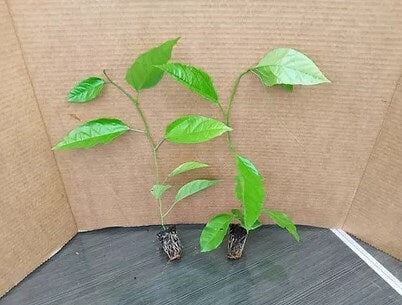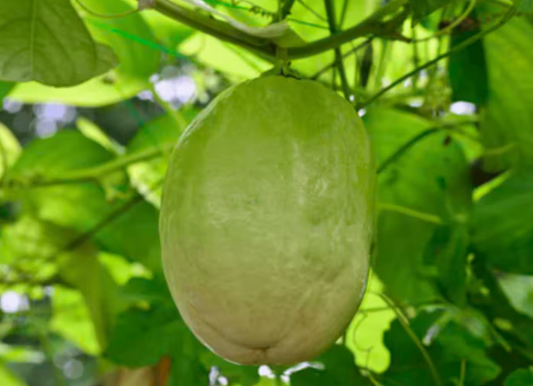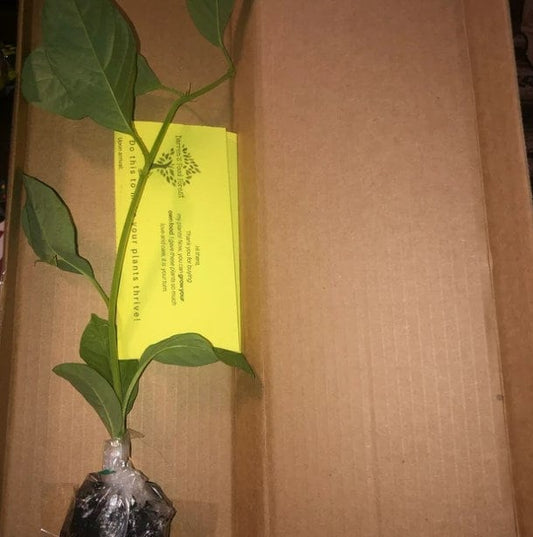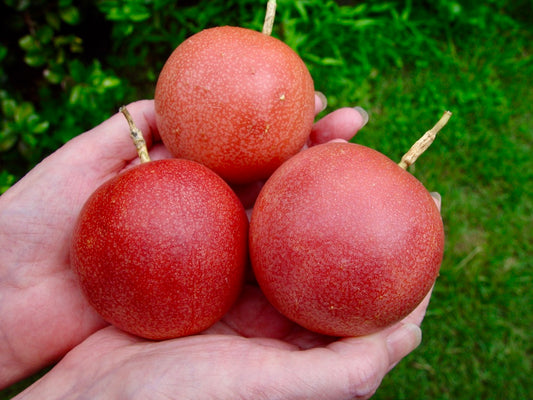How to Grow Yellow Passion Fruit: A Complete Gardening Guide
Yellow passion fruit, known scientifically as Passiflora edulis var. flavicarpa, is a popular tropical vine known for its vibrant yellow fruits and delicious, tangy pulp. This variety is more robust and more resistant to disease than its purple counterpart, making it a favorite among gardeners in warmer climates. Whether you’re looking to whip up your own passion fruit juice, create exotic desserts, or simply enjoy the beauty of its flowers, growing yellow passion fruit can be a rewarding endeavor. This guide will cover everything you need to know to successfully cultivate yellow passion fruit trees in your garden.
Understanding Yellow Passion Fruit
Yellow passion fruit is typically larger and has a thicker rind than the purple variety. It thrives in tropical to subtropical climates and is particularly noted for its high tolerance to various soil conditions and common diseases. The plant produces stunning white and purple flowers that not only add to its ornamental value but also attract pollinators to your garden.
Selecting the Right Location
1. Sunlight Requirements: Yellow passion fruit vines require full sun to partial shade, with at least six to eight hours of direct sunlight daily. Adequate sunlight is essential for flower and fruit production.
2. Soil Preferences: These vines prefer well-draining, loamy or sandy soil with a pH between 6.5 and 7.5. Proper drainage is crucial to prevent root diseases, which can be common in poorly draining soils.
Planting Yellow Passion Fruit
1. Best Time to Plant: The ideal time to plant yellow passion fruit is in the spring, after the last frost for cooler regions, or during the rainy season in tropical climates. This timing allows the plant to establish itself under favorable growing conditions.
2. Planting Method: Dig a hole about twice the size of the root ball and as deep. Mix in rich organic compost with the native soil to improve fertility and drainage. Plant the vine, ensuring the crown is at ground level. Backfill the hole, tamp down gently, and water thoroughly.
Care and Maintenance
1. Watering: Yellow passion fruit vines require regular watering to thrive, especially during the flowering and fruiting periods. Water deeply once or twice a week, allowing the soil to dry slightly between waterings.
2. Mulching: Apply a 2-3 inch layer of organic mulch such as straw, bark, or wood chips around the base of the plant. This helps maintain soil moisture, regulate soil temperature, and suppress weed growth.
3. Fertilization: Feed your yellow passion fruit vine with a balanced, slow-release fertilizer that is rich in potassium. Fertilize early in the growing season and again midway through to support robust growth and fruiting.
4. Pruning: Prune the vine in late winter or early spring to remove dead or overgrown branches, which helps encourage new growth and air circulation. This practice also keeps the vine manageable and productive.
5. Support Structures: Yellow passion fruit vines are vigorous climbers that require a trellis, fence, or another form of support to thrive. Ensure the support structure is sturdy and large enough to accommodate growth.
Harvesting Yellow Passion Fruit
The fruits are ready to harvest when they turn bright yellow and begin to fall from the vine. Harvesting typically occurs about 18 to 20 months after planting, with continual production for several years if the plant is well-maintained.
Overcoming Challenges
While relatively disease-resistant, yellow passion fruit vines can still suffer from pests like aphids and diseases such as root rot if conditions are too wet. Implementing proper cultural practices like good spacing, adequate air flow, and appropriate watering can help minimize these issues.
Conclusion
Growing yellow passion fruit can be incredibly gratifying, offering both aesthetic beauty and practical benefits. With the right care, this exotic vine will produce bountiful harvests of delicious fruits, enhancing both your garden and your dining table. Whether you are a seasoned gardener or just beginning to explore the possibilities of home fruit production, yellow passion fruit provides a vibrant and fruitful gardening adventure.


